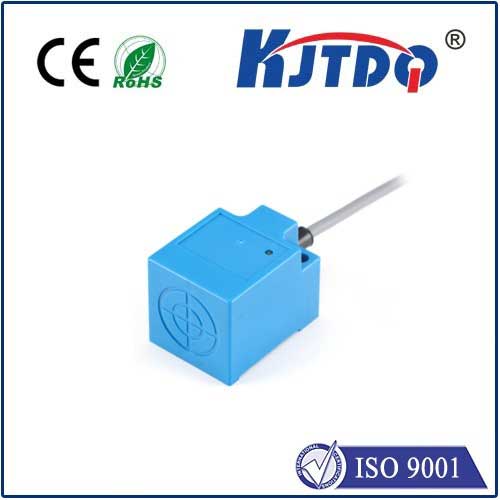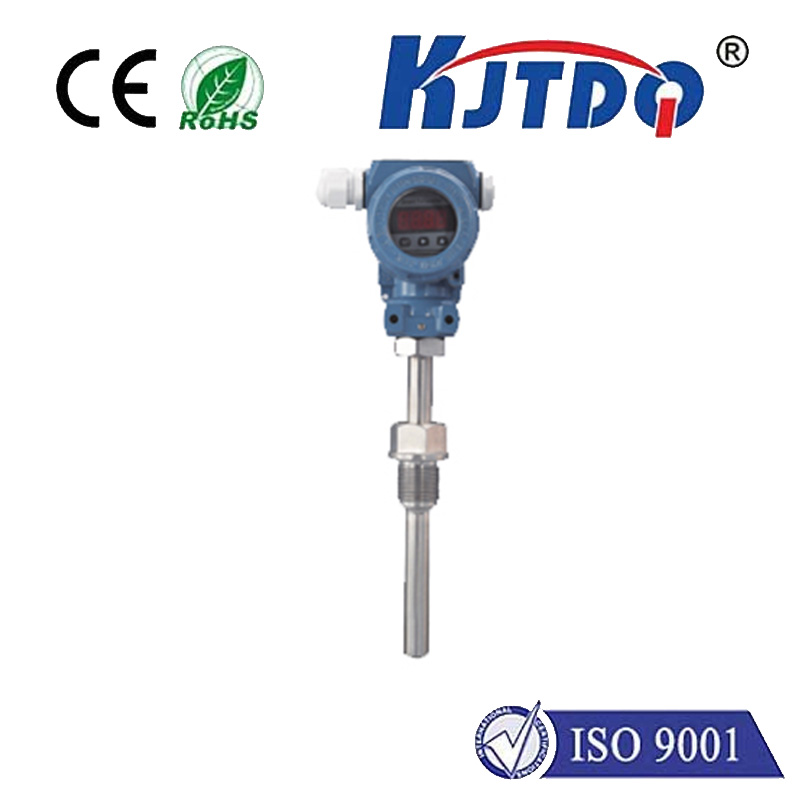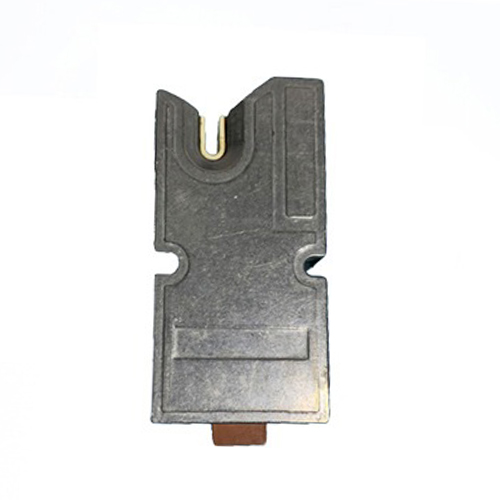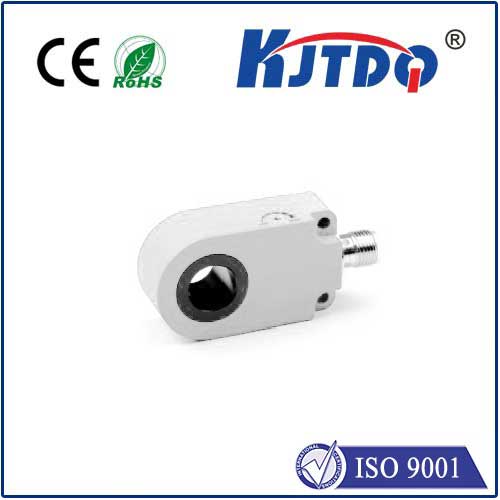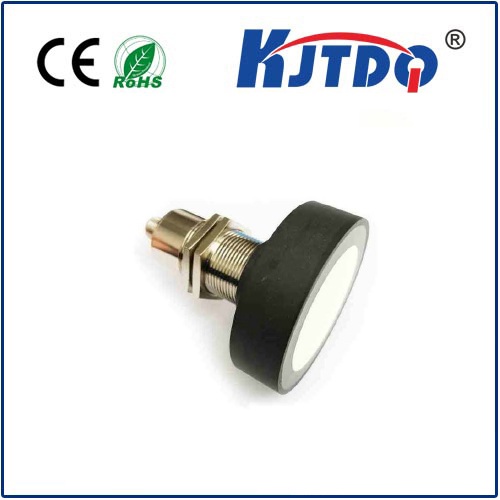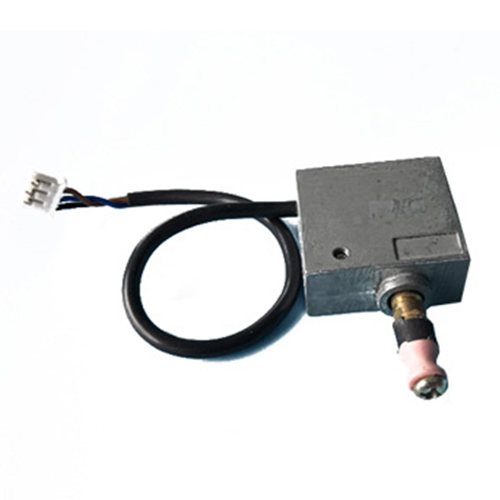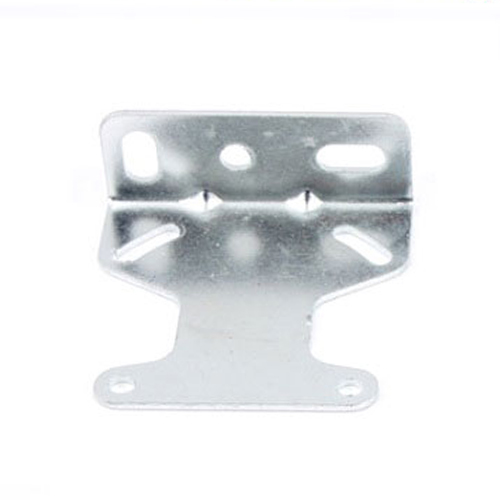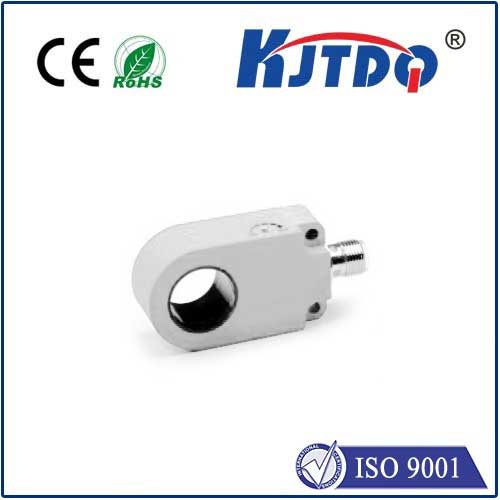

check

check

check

check

check

check

check

check

check

check
Title: In-Depth Understanding of the GRBL Limit Switch
The GRBL limit switch plays a vital role in the CNC (Computer Numerical Control) machines' operation, acting as a physical barrier to define the working area and providing an initial position for returning to the origin. This essential component enhances the reliability of GRBL, as it helps protect the control system from electrical noise that might disrupt operations.
In GRBL's default pin configuration, specific pin numbers are allocated for different functions. For instance, pin 13 is designated for spindle direction, pin 12 for the Z-axis limit, pin 11 for spindle enablement, pin 10 for the Y-axis limit, and pin 9 for the X-axis limit. These predefined pin assignments ensure a seamless integration of the limit switch into the GRBL setup.

Limit switches can be configured either as normally open (NO) or normally closed (NC). The recommended setup for GRBL is a normally closed switch, which means the circuit is closed when the switch is not triggered and open when it is triggered. GRBL supports various types of switches, including mechanical, optical, and proximity switches. As long as the limit input is low, it can be interpreted as triggering the limit signal—a testament to GRBL’s flexibility in adapting to different sensor inputs.
Selecting the right limit switch configuration involves understanding the advantages and disadvantages of each setup. While there have been extensive discussions on how to integrate GRBL with these configurations, less attention has been paid to why one would choose a particular setup over another. Factors to consider include the type of machine, expected frequency of limit triggering, and environmental conditions under which the CNC machine operates.
Besides hardware limits, GRBL offers software limit functionality. This feature checks whether the system coordinates have reached a preset maximum range, effectively serving as a secondary safety measure. Software limits complement hardware limits, reducing the reliance solely on physical switches.
To maximize the potential of GRBL and enhance the safety and precision of CNC machinery, understanding and properly implementing the limit switch is paramount. By leveraging both hardware and software limits, operators can ensure smooth and controlled motion within defined boundaries, thus safeguarding against potential mishaps that could damage equipment or compromise product quality.
In conclusion, the GRBL limit switch is a fundamental component in CNC machinery, offering both physical and logical constraints to machine operations. With an understanding of its configurations and the factors that influence its performance, users can optimize their processes and protect their investments. As technology advances, it will be intriguing to see how innovations in limit switch design and integration further augment the capabilities and reliability of CNC systems utilizing GRBL.
